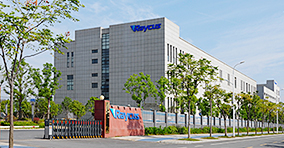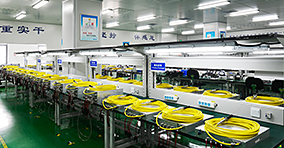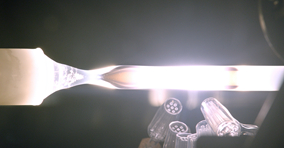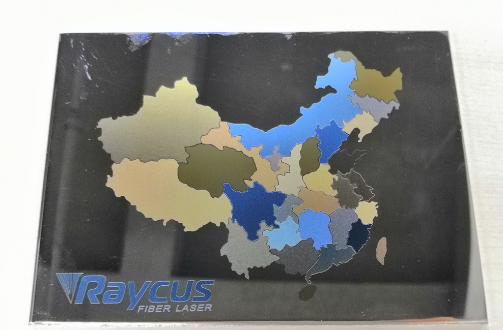Stainless steel is widely used in various fields due to its good corrosion resistance and processing performance, such as construction, kitchen furniture, electrical and electronic products, vehicles, etc.
Stainless steel material is widely used in various fields, such as construction, kitchen appliance, electronic equipment, vehicles and so on, because of its corrosion resistance and processability.
People have developed a variety of processing technic for using stainless steel processing, such as grinding, sandblasting, corrosion and so on. Stainless steel has a silver-white metallic luster. We generally use fixed color paint to spray the surface to make it have more color in practical application, to achieve the effect we want.
For stainless steel surface coloring, it can be divided into chemical coloring method, electrochemical coloring method.
Do you know how the following two-color patterns presented on stainless steel are processed?
paint spraying?
Painted?
baking varnish?
Paintbrush painting?
colored drawing?
Not all!
The hero behind the scenes turned out to be
Not at all!
The answer, it turns out,
is Laser Marking.
Environmental protection, green, not easy to fall off
With the enhancement of environmental awareness, awareness of green processing is growing as well. Traditional spraying technology has been unable to adapt to the needs of the market. Meanwhile, because of the environment, the paint sprayed on the surface of stainless steel may fall off because of corrosion and affect the normal use.
Color rendering principle
The principle of stainless steel material color laser marking is using thin-film analyzer to analyze the stainless-steel laser painted surface and found that a thin-film will be produced on the surface of stainless steel under the action of laser. Because when light hits the surface of the film after the laser action is shown in the figure below, different colors are generated. What kind of light is strengthened when it interferes depends on the thickness of the stainless steel oxide film, when the light of one of the colors is intensified, the surface of the thin film shows the enhanced color.
The thin-film interference principle of light
Hands-on
We saw the exquisite samples and said the advantages and principles of laser coloring. What kind of brilliant colors can be produced with lasers? Let’s look at the experiment.
Short-pulse fiber laser with high average power (20 to 100w), Peak power (less than or equal to 15kW), 2 to 350ns multiple pulse widths are adjustable, High repetition frequency (10 to 1000khz) can accurately control the laser energy output by using different pulse width, frequency and power combination. Therefore, the surface of stainless steel and titanium alloy can form “oxide film” composed of different thickness and different oxides, which can present different colors that our eyes can see.
Its advantage is that its pulse width and frequency are independently adjustable. Adjusting one of them will not affect other laser parameters, and this characteristic brings unlimited possibilities to stainless steel color marking.
The advantage is that its pulse width and frequency are independently adjustable, adjusting one of them will not affect other laser parameters, and this feature has unlimited possibilities for stainless steel color marking.
Linear frequency-power-pulse width curve
Because the color of stainless steel surface is very sensitive to the change of laser power, if different lasers want to mark the same color, there is a high requirement for the linearity of power-frequency of laser. The linear curve of related frequency-power -pulse width in this experiment is shown in the figure above.
Before the respective cut-off frequency of each pulse width, the power and frequency show a proportional relationship. The good linear relationship provides a good basis for different lasers to mark the same color.
Before the corresponding cutoff frequency of each pulse width, power and frequency show a direct proportion relationship, and a good linear relationship provides a good basis for different lasers to mark the same color.
the time to witness the miracle
The following is the color category marked by different combinations of process parameters used in this experiment:
turquoise
brick red
gold
orange
violet
Cambridge blue
amaranth
cyan
navy blue
At present, the laser marking application in China has been used by increasingly manufacturers. Farewell general laser marking only black, white, and grey, based on the expansion of the field of stainless steel marking, a new process of stainless color marking appeared. Only a few minutes, the stainless-steel surface can have a variety of beautiful patterns, not only improve the aesthetic value, but also provides more possibilities for the application of stainless steel in life, and create another era of laser marking.










